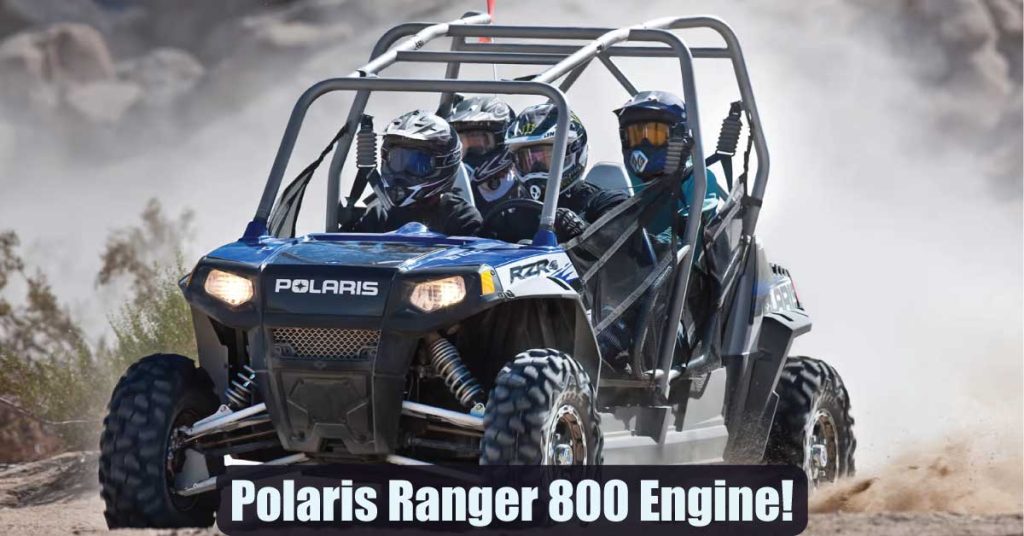
The Polaris Ranger 800 engine is a robust and reliable machine. It provides smooth and consistent performance in outdoor environments. This engine has a liquid-cooled, twin-cylinder design and a displacement of 760cc, producing up to 50 horsepower.
It also includes advanced features like electronic fuel injection and On-Demand True All-Wheel Drive technology. It ensures the highest power and control in any situation. With a heavy-duty transmission and a rugged, cast-aluminium crankcase, the Polaris Ranger 800 engine can withstand heavy use and provide reliable service.
Here, we’ll discuss the Polaris Ranger 800 engine thoroughly. Keep reading.
Main Specifications Of Polaris Ranger 800 Engine
Here are some of the main specifications for the Polaris Ranger 800:
- Engine: 760cc liquid-cooled, twin-cylinder engine
- Horsepower: Up to 50 horsepower
- Transmission: Automatic PVT H/L/N/R/P with On-Demand True All-Wheel Drive
- Suspension: Dual A-Arm with anti-sway bar (front), independent rear suspension (rear)
- Brakes: Hydraulic disc (front and rear)
- Towing Capacity: Up to 2,000 pounds
- Payload Capacity: Up to 1,500 pounds
- Fuel Capacity: 9 gallons
- Ground Clearance: 10.5 inches
- Wheelbase: 76 inches
- Length x Width x Height: 114 x 60 x 76 inches
These specifications may vary depending on the specific model and year of the Polaris Ranger 800.
Features Of Polaris Ranger 800 Engine
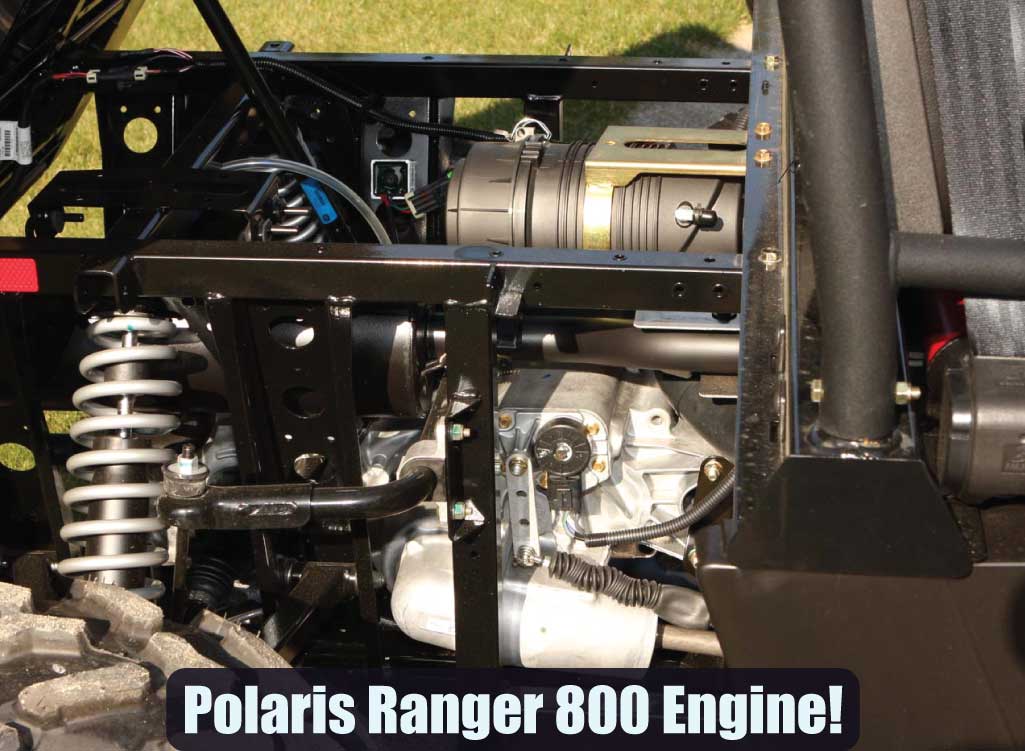
Liquid-cooled, Twin-Cylinder Design
The Polaris Ranger 800 engine features a liquid-cooled, twin-cylinder design that is optimized for performance and durability.
Displacement
The engine has a displacement of 760cc, which provides plenty of power for a variety of outdoor activities.
Horsepower
The Polaris Ranger 800 engine is capable of producing up to 50 horsepower. & makes it a powerful machine for hauling heavy loads or tackling challenging terrain.
Electronic Fuel Injection
The engine is equipped with electronic fuel injection (EFI) technology, which helps to ensure smooth and consistent power delivery. Furthermore, it reduces emissions and improves fuel efficiency.
On-Demand True All-Wheel Drive
Polaris Ranger 800 engines come with On-Demand True All-Wheel Drive technology. It adjusts power to each wheel as needed for maximum traction and control in any terrain.
Heavy-Duty Transmission
The engine features a heavy-duty, steel-cased transmission to withstand heavy use and provide reliable performance.
Rugged Crankcase
The crankcase is made of cast aluminum, which provides excellent protection against damage from impacts and other types of wear and tear.
Maintenance-Free Battery
Maintenance-free batteries come standard with the Polaris Ranger 800 engine. It helps to reduce maintenance requirements and extend the lifespan of the machine.
Reliable Starting
The engine features an automatic decompression system that ensures reliable starting in any weather conditions.
Low-Noise Operation
The engine is designed to operate at low noise levels, which helps to minimize disturbance to wildlife and other outdoor activities.
Price-point of Polaris 800 Engine
The price range of a Polaris Ranger 800 engine can vary depending on several factors, including the year and model of the vehicle, the specific features included, and the engine’s condition. Here we’ll discuss some of the factors that can impact the price:
New vs. Used
The price of a new Polaris Ranger 800 engine can range from around $8,000 to $10,000, depending on the model and features. On the other hand, a used engine can range from around $4,000 to $7,000, depending on the condition and age of the engine.
Year and Model
The year and model of the Polaris Ranger 800 can also impact the price of the engine. Generally speaking, newer models with more advanced features will be more expensive than older models with fewer features.
Features
The specific features included with the Polaris Ranger 800 engine can also impact the price. For example, engines with more advanced features like electronic power steering or upgraded suspension systems may cost more than engines with basic features.
Condition
Another factor affecting the price is the engine’s condition. A well-maintained engine with low hours and no major issues will be more expensive than an engine that has been used or has significant wear and tear.
Location and Availability
Prices for Polaris Ranger 800 engines can also vary depending on the location and availability of the engine. Engines that are in high demand or that are difficult to find may be more expensive than engines that are readily available.
If you’re in the market for a Polaris Ranger 800 engine, it’s always a good idea to research and shop around to find the best deals.
Best Engine Oil For Ranger 800
Polaris recommends using its own brand of engine oil, the Polaris PS-4 Extreme Duty 10W-50 Synthetic Oil, for the Polaris Ranger 800 engine. Designed for Polaris engines, including the Ranger 800, this oil meets their unique requirements. The PS-4 Extreme Duty oil provides maximum protection and performance in several operating conditions, including extreme temperatures and high loads.
One of the key benefits of using Polaris’s recommended oil is that it ensures the proper lubrication and protection of the engine’s internal components. As a result, you can benefit from a longer engine lifespan and avoid costly repairs. The recommended oil can help you achieve optimal engine performance and fuel economy. In addition to reducing emissions, it minimizes engine wear and tear.
Pros & Cons of Polaris Ranger 8oo Engine
Pros
- Powerful performance for hauling heavy loads or tackling challenging terrain.
- EFI technology improves fuel efficiency and reduces emissions while providing smooth, consistent power delivery.
- The on-Demand True All-Wheel Drive system adjusts power to each wheel as needed for the highest traction and control in any terrain.
- Heavy-duty, steel-cased transmission designed to withstand heavy use & reliable performance in any situation.
- The cast aluminum crankcase provides excellent protection against damage from impacts and other types of wear and tear.
- A maintenance-free battery reduces maintenance requirements and extends the lifespan of the machine.
- The automatic decompression system ensures reliable starting in any weather conditions.
- The low-noise operation helps to minimize disturbance to wildlife and other outdoor activities.
Cons
- The Polaris Ranger 800 engine is quite loud during operation, which can be a concern for some users.
- In tight spaces or on rough terrain, the heavy engine can make maneuvering difficult.
- Fuel consumption can be high, especially during heavy use or when hauling heavy loads.
- There have been reports of transmission issues from some users.
- Maintenance costs for the engine and transmission can be quite high.
- Some terrains or activities may not be suitable for the Polaris Ranger 800 engine.
Conclusion

The Ranger 800 engine is a reliable and robust machine well-suited for outdoor activities. It is a popular choice among outdoor enthusiasts due to its power, durability, and advanced features.
FAQs
What company makes Polaris Rangers’ engines?
KOHLER engines power Polaris diesel Rangers.
Is ranger 800 engine a high-performance engine?
It is a true powerhouse, capable of delivering exceptional performance across its RPM range. Developing a technologically advanced, low-emission, and reliable engine is crucial for any vehicle, particularly in the snowmobile world, where performance and dependability are paramount.
How fast is a Polaris Ranger 800?
The 2009 Polaris Ranger 800 XP brings upgraded performance: it offers more power and speed, and it now can reach speeds up to 53 mph (85 km/h), so getting from one place to another when riding on smoother roads is easier and faster.
What is the average fuel efficiency of a Polaris Ranger?
The Polaris Ranger is an excellent choice for those seeking an off-road vehicle with impressive fuel efficiency. With a fuel range of 27.8 mpg at 25 mph, the Ranger can cover long distances without needing frequent refueling.
What kind of fuel works best for a Polaris Ranger?
Most Polaris off-road vehicles need unleaded fuel with an octane rating of at least 87 at the pump. Using fuel with an ethanol level of more than 10% is prohibited. Although octane over 87 won’t harm the engine, it usually won’t improve.
Learn About Polaris Sportsman
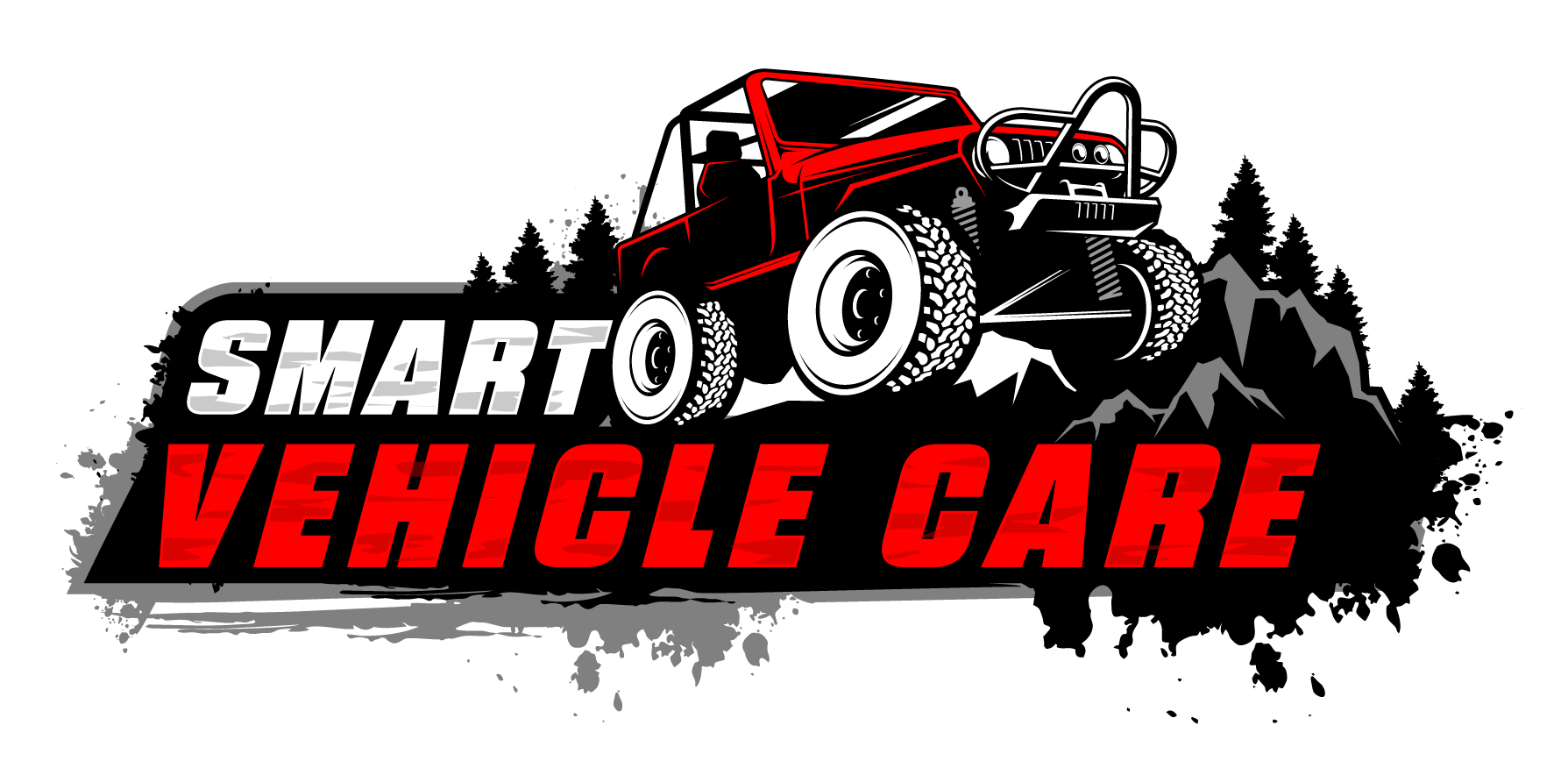





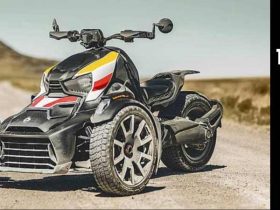
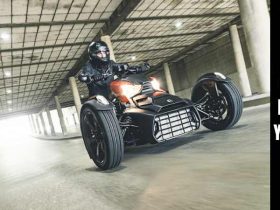
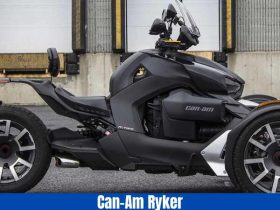
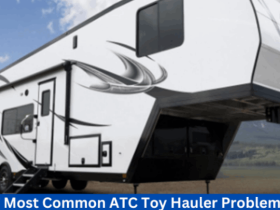
Leave a Reply